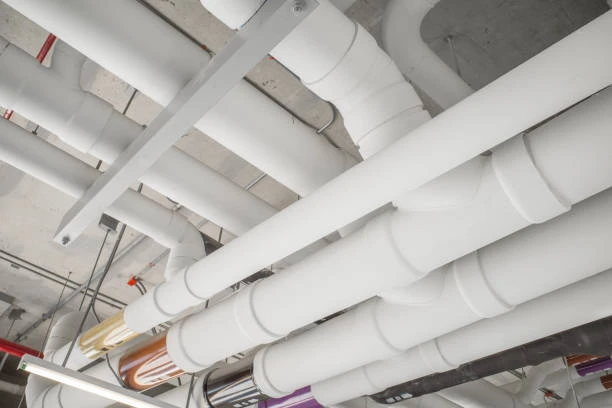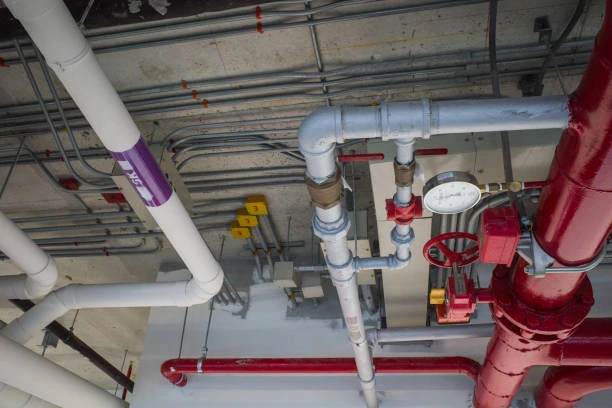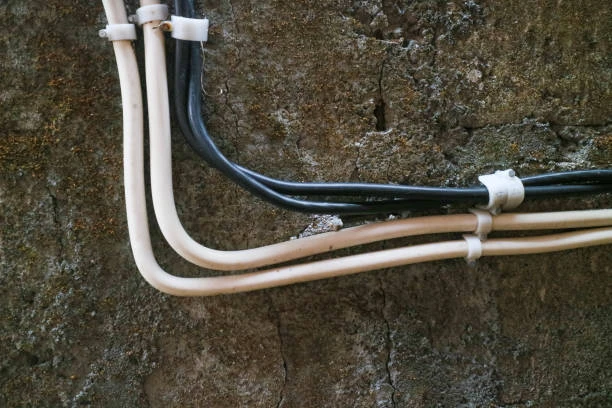Introduction
In the liquefied petroleum gas (LPG) transportation industry, safety and sealing reliability are crucial. The systems involved often operate under high pressure, and any leakage can pose severe risks. Among the many components used to regulate flow and ensure containment, copper ball valves play a key role due to their excellent sealing performance, corrosion resistance, and durability. Often integrated as safety valve high pressure solutions, these valves offer precise flow control and pressure handling needed for safe LPG transit.
This article provides a complete overview of copper ball valves used in high-pressure LPG systems. It includes answers to common questions, valve characteristics, applications, selection advice, installation guidelines, and a comparison with plastic valves. Whether you’re a supplier, engineer, or procurement manager, this guide will help you make an informed decision.
Frequently Asked Questions (FAQ)
1. What is a high-pressure safety valve?
A high-pressure safety valve is a device designed to release excess pressure from a system to prevent failures. In LPG systems, these are critical for avoiding explosions or leaks.
2. Can copper ball valves act as high-pressure safety valves?
While copper ball valves are primarily shut-off or control valves, high-grade copper valves with reliable sealing are often used in systems with high pressure due to their strength and performance.
3. Are copper ball valves suitable for LPG?
Yes. Copper ball valves are commonly used in LPG systems for their resistance to corrosion and high sealing capability, making them ideal for controlling volatile gases under pressure.
4. How do copper valves maintain leak-free performance under pressure?
Their internal design includes precision-machined balls and robust sealing materials such as PTFE, which form a tight seal even under high-stress conditions.
5. What pressure ratings can copper ball valves handle?
Depending on design and size, copper ball valves typically handle pressures up to 600 psi or more, making them suitable for LPG and other demanding applications.
Definition and Characteristics of Copper Ball Valves
A copper ball valve is a mechanical valve featuring a rotating spherical ball with a central hole. When aligned with the pipeline, it allows flow. A 90-degree turn closes the valve, stopping the flow completely.
Key features include:
Quick quarter-turn operation
Tight shut-off sealing to prevent leakage
Excellent corrosion resistance
High mechanical strength under pressure
Compatible with LPG and other pressurised gases
Long service life with minimal maintenance
In high-pressure LPG systems, these valves act as reliable flow regulators and system protection components due to their proven sealing capabilities.
Applications in LPG Transportation and Related Industries
LPG transportation systems demand consistent sealing, pressure resistance, and reliability. Copper ball valves meet these criteria and are widely used in the following applications:
Pipeline shut-off control during transport or storage
Tank filling systems to manage LPG input and output
Gas pressure regulation systems
Mobile LPG tankers and dispensers
Domestic and industrial gas distribution systems
Emergency shut-off stations in high-pressure gas facilities
The robust structure of copper ball valves supports them in harsh field environments, including exposure to temperature fluctuations, vibration, and chemical vapours.
Copper Valve Selection Guide
Choosing the right copper ball valve for LPG use involves careful evaluation of specifications and environmental needs. Here are key factors to consider:
1. Material Quality
Select valves made from certified copper alloys like CW617N or DZR brass, which are known for dezincification resistance and corrosion durability.
2. Sealing Material
Choose valves with PTFE, FKM, or EPDM seals for enhanced gas compatibility, especially under high pressure and temperature variation.
3. Pressure and Temperature Ratings
Ensure the valve is tested and rated for pressures up to or above 600 psi. Temperature tolerance should match LPG storage and transport conditions.
4. Certifications
Look for compliance with ISO, ASTM, or EN standards. Certification confirms suitability for high-pressure and hazardous gas applications.
5. Connection Type
Threaded or compression ends should match the pipeline system to ensure a secure, leak-free fit.
6. Handle Design and Safety Lock
Heavy-duty handles with locking mechanisms improve operational safety and prevent accidental opening or closing.
Installation Tips and Best Practices
Correct installation ensures sealing efficiency and operational safety. Here are essential installation considerations for copper ball valves in LPG systems:
Clean the system thoroughly to remove metal shavings or debris that could damage seals.
Align the valve carefully with piping to avoid stress points.
Use suitable sealing tape or approved thread sealant compatible with gas systems.
Tighten connections uniformly without over-torquing.
Verify pressure rating compatibility with the system before installation.
Perform pressure testing after installation to ensure no leaks or seal failure.
Proper installation enhances the safety performance of copper ball valves when used under high pressure with volatile gases.
Copper vs Plastic Valves – Comparative Analysis
| Feature | Copper Ball Valve (High-Pressure LPG Use) | Plastic Valve (General Use) |
|---|---|---|
| Pressure Resistance | High (up to 600 psi or more) | Low to moderate (under 150 psi) |
| Sealing Performance | Excellent with PTFE seals | Moderate, less consistent under stress |
| Chemical Resistance | Very good, especially with brass alloys | Good, but varies with material |
| Durability | High – suitable for industrial environments | Medium – better for light-duty use |
| Temperature Tolerance | Broad – ideal for LPG and gases | Limited – may deform under heat |
| UV and Fire Resistance | Moderate to good | Poor unless specially treated |
| Initial Cost | Higher upfront | Lower upfront |
| Longevity | Long lifespan | Shorter, especially under pressure |
Copper valves are clearly the better choice for high-pressure and hazardous gas systems like LPG transportation. They provide longer service life and superior safety margins compared to plastic valves.
Conclusion
In LPG transportation, ensuring a secure and leak-proof system is essential. Copper ball valves, often used as safety valve high pressure components, offer unmatched sealing reliability, pressure tolerance, and corrosion resistance. Their performance in high-stress, high-risk environments such as LPG pipelines, tankers, and distribution systems makes them a preferred choice among professionals in the gas industry.
With proper selection, installation, and maintenance, copper ball valves can enhance the safety and efficiency of LPG operations while reducing the risk of leaks, system damage, or failure.
Connect
IFAN is a trusted Chinese manufacturer with over 30 years of experience producing high-quality piping systems, including copper valves, plastic pipes, and charging and safety valves for industrial use. Whether you need robust safety valve high pressure solutions for LPG or complete valve and fitting systems, IFAN is ready to support your project.
- For more information,pls visit our webside https://waterpipefitting.com/
Pls Mailto: [email protected]
Whatsapp: +86 15088288323
We will respond to your emails or faxes within 24 hours. If you have urgent inquiries or technical questions, please call us at any time.
IFAN Products International Standards
All IFAN products strictly comply with global technical and quality standards, including:
ISO 15874, EN 15874, ASTM F2389
DIN 8077/8078, GB/T 18742, NBR 15884
ISO 15494, EN ISO 15494, GB/T 19472
ASTM 2846, DIN 8079/8080, ASTM F441/F441M SCH80
GB/T 18993, AS/NZS 1477, CSA B137.6
NSF/ANSI 14, BS 4346, ASTM D1785 SCH40/80
ISO 1452, DIN 8061/8062, JIS K6741, CSA B137.3
These certifications demonstrate our commitment to safety, quality, and performance, particularly in high-pressure and safety-critical applications such as LPG transportation.














Recent Comments